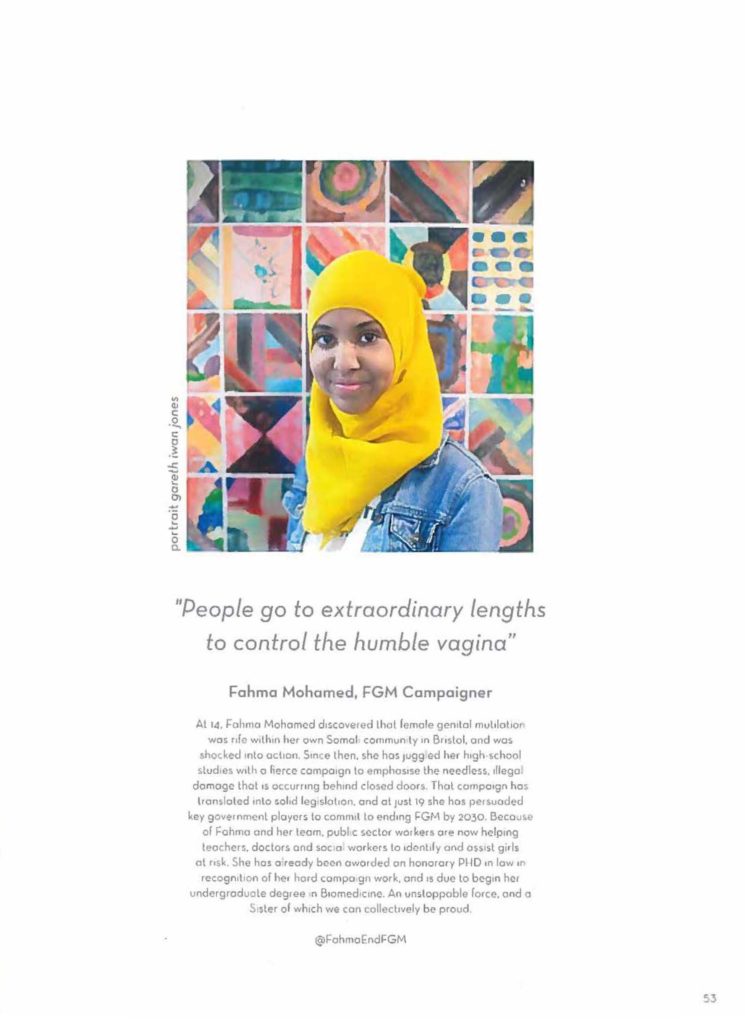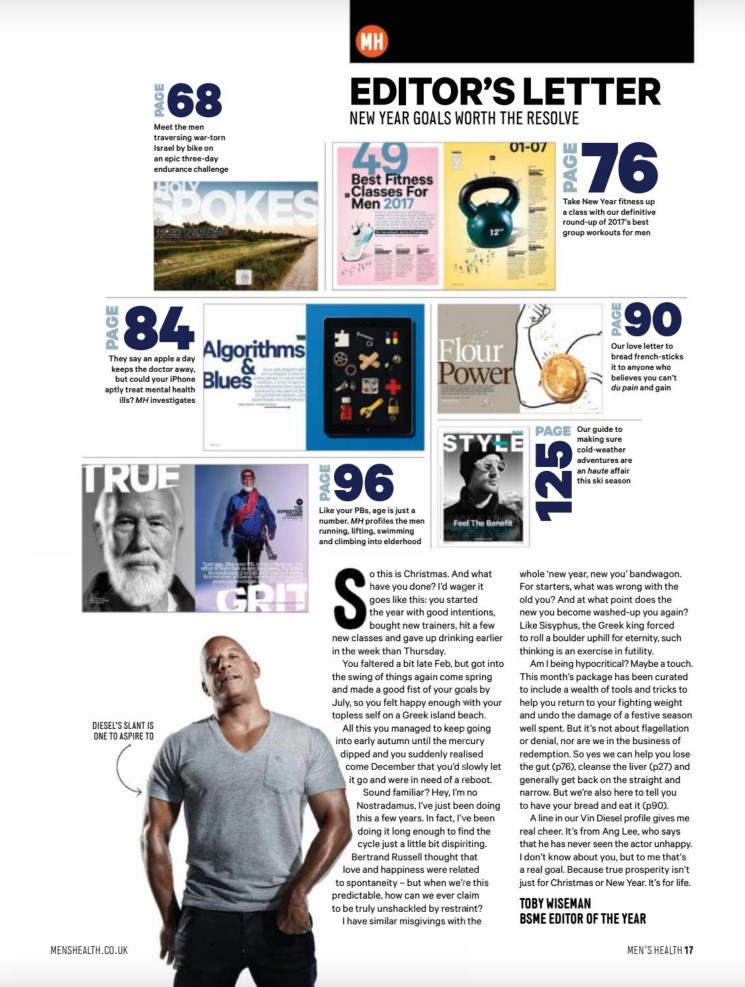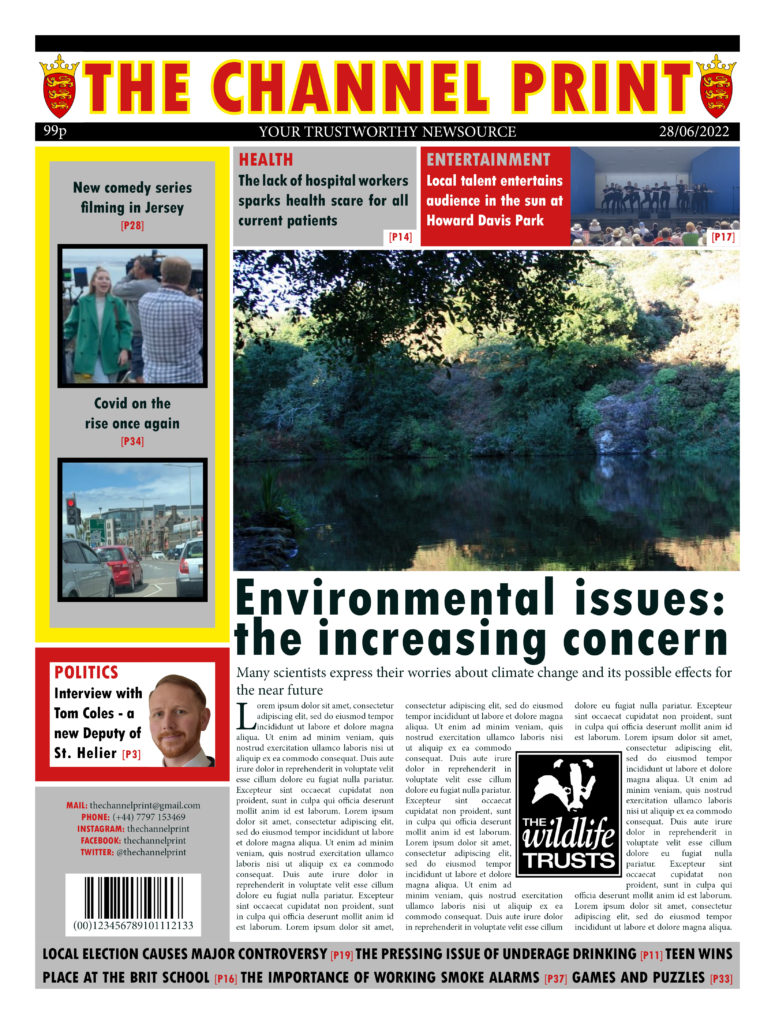- Oh Comely magazine is a bi-monthly British magazine published by Pirates Ahoy! a subsidiary of Iceberg Press.
- The first issue of Oh Comely was published in 2010 by Adeline Media.
- Iceberg Press announced their purchase of Oh Comely from Adeline Media in 2016.
- Iceberg Press is an independent publishing company originally set up by three friends who all worked together in a large magazine publishing company. They wanted to find a “better way to create and publish magazines – where the readers were as important as the advertisers, where the paper quality and design were valued and where the words and pictures weren’t always trying to sell stuff, didn’t portray perfection, didn’t tell people what to do and made them feel better, not worse.”
the averages age of 27 · 98% female readers ABC1 demographic
ABC1 – a consumer from one of the three higher social and economic groups, which consist of people who have more education and better-paid jobs than those in other groups:

Semiotics
Dominant Signifier – (iconic) fashion model
Masthead – the adjective “comely” means attractive and pleasing, but it also denotes sophistication and conformity, becoming a celebration of feminine beauty without reducing women to objects used to satisfy the male gaze.
Narrative
non-hegemonic model, anchored by power and poise


Challenging Social and Cultural Contexts
Many of the women featured within the magazine take a radical stance on the representation of women as they are not being sexualised and do not play into the male gaze.







